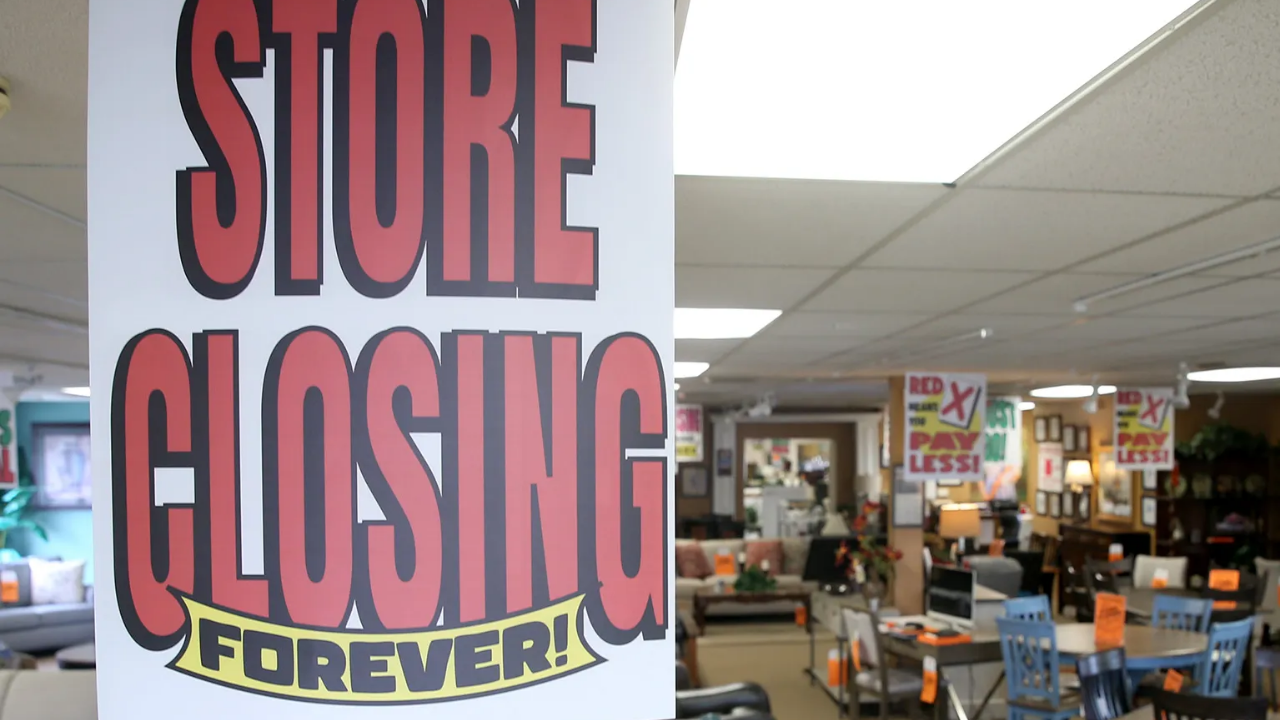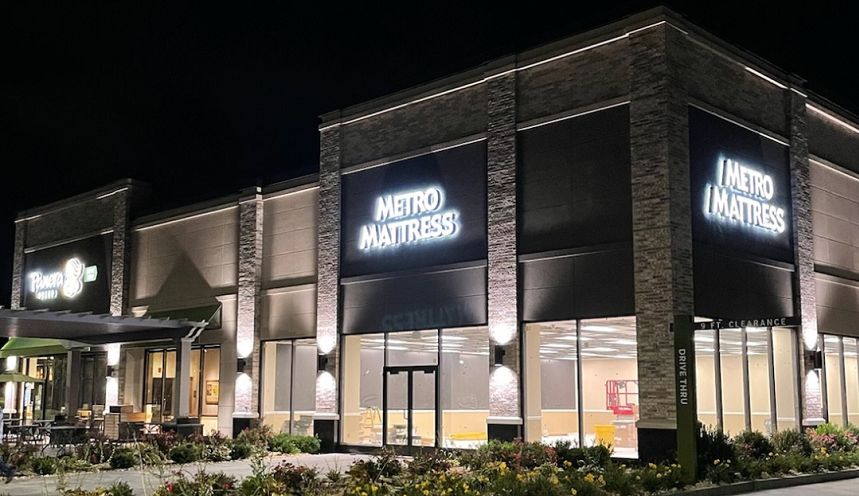
Metro Mattress, one of Upstate New York’s best‑known retailers, is closing all stores after 49 years in business. The Syracuse‑based chain, which once dominated the regional bedding market, is being liquidated following steep losses, a failed reorganization, and an industry transformed by online shopping.
The company, founded in 1976 in Liverpool, operated 70 stores across New York and New England. In the first eight months of 2025, it reported a $3.7 million loss on just $15 million in sales. On October 3, U.S. Bankruptcy Judge Wendy Kinsella approved its complete liquidation, ending 13 months under Chapter 11 protection.
Bankruptcy and Failed Buyers

When Metro Mattress filed for bankruptcy in September 2024, it listed $8.88 million in assets and $23.7 million in debts. Bankruptcy attorney Jeffrey Dove warned at the time that the company was “running out of money very quickly.”
Executives sought a buyer to save the 49‑year‑old brand, reaching out to 21 potential investors. None offered a deal. Discussions with four possible purchasers collapsed during due diligence, signaling to the court there was no feasible path forward.
Hired in March 2024, CEO Dino Cifelli had launched an aggressive expansion into New England, hoping to offset slowing sales at home. But high costs and what he later called “inefficiencies of scale” strained resources. In early 2025, Metro Mattress shuttered 30 stores in Massachusetts, Rhode Island, Connecticut, and New Hampshire. The closures failed to stop mounting losses.
By October, liquidation sales had begun at 40 locations, with discounts as high as 70 percent on brands like Sealy, Tempur‑Pedic, and Beautyrest. Six New York stores closed first; the rest followed through a five‑week schedule approved by the court.
Local Roots Uprooted

Metro Mattress’s disappearance leaves a gap in communities that long relied on it. “It feels like losing an old neighbor,” said Michael Grant of Rochester, who has shopped there for decades. “When I needed a new mattress, I never thought to go anywhere else.”
At its height, the company employed about 280 workers across stores and three distribution centers. Analysts estimate 200 to 300 are losing their jobs. Competitors such as City Mattress and Mattress Makers of Syracuse are positioned to absorb displaced customers, but nothing will replace the local identity of a brand that started—and ended—in Central New York.
Vacant Metro showrooms now dot retail corridors from Syracuse to Albany. Commercial brokers say the closures will add to a growing surplus of shopping‑center leases already challenged by declining foot traffic and rising financing costs.
The Market That Moved Online

Metro Mattress’s downfall reflects the wider upheaval reshaping the bedding industry. Online mattress sales climbed from 27 percent in 2016 to 54 percent in 2023, according to Grand View Research. Amazon alone commands nearly 20 percent of the U.S. market, generating about $3 billion annually from bedding, largely in the low‑price range that Metro once dominated.
“Metro Mattress overextended without the capital or technology to compete,” said retail consultant Justin Trumbo. “It’s a classic case of expanding faster than your infrastructure.”
The shift is global. In the U.K., chain Dreams closed several outlets to focus on e‑commerce, and Canada’s Sleep Country transformed stores into mixed‑use showrooms and shipping hubs. Retail experts say the same transformation bypassed many U.S. mid‑sized chains, which relied too heavily on in‑store sales long after consumers had moved online.
Creditors and Financial Fallout

Court filings show Metro Mattress owes $4.21 million to its top 20 unsecured creditors. Tempur‑Pedic is owed nearly $2 million. With liabilities exceeding assets by $14.8 million, creditors will recover only a fraction of what they are owed.
The company’s failure also affects suppliers. Metro’s three warehouses formed part of the Northeast network for Tempur Sealy, Serta, and Simmons, manufacturers that control about 76 percent of the U.S. mattress market. Analysts say its exit removes a key distribution channel and deepens oversupply in shopping‑center real estate, where 40 to 70 Metro locations will soon sit empty.
A January 2025 petition from employees and longtime customers demanded Cifelli’s resignation after reports of declining service and low morale. But as industry losses mounted nationwide, leadership changes offered little relief.
A Sign of a Retail Reckoning
Metro Mattress’s collapse adds to a surge of retail failures across the United States. More than 7,000 stores closed in 2024, and another 15,000 are projected to shutter by late 2025—the most since the pandemic. California‑based Mattress Land also filed for bankruptcy in July, closing 15 locations.
Retail analyst Dana Lopez of the National Retail Federation said the company’s end “shows how familiarity is no longer a safety net. A loyal regional following doesn’t help if your customers are buying with a click.”
Questions remain over whether bankruptcy law still provides a viable safety net for smaller regional chains. After 13 months in Chapter 11, Metro Mattress found no investor willing to gamble on a turnaround in a shrinking sector.
As liquidation banners drape its storefronts, Metro Mattress closes a half‑century story that mirrored its region’s retail evolution—from local storefronts to sprawling showrooms, and now to online marketplaces. Its disappearance offers a final reminder that lasting name recognition alone can’t outlast today’s shifting economy—where convenience and algorithms have replaced drive‑by shopping as the new measure of loyalty.